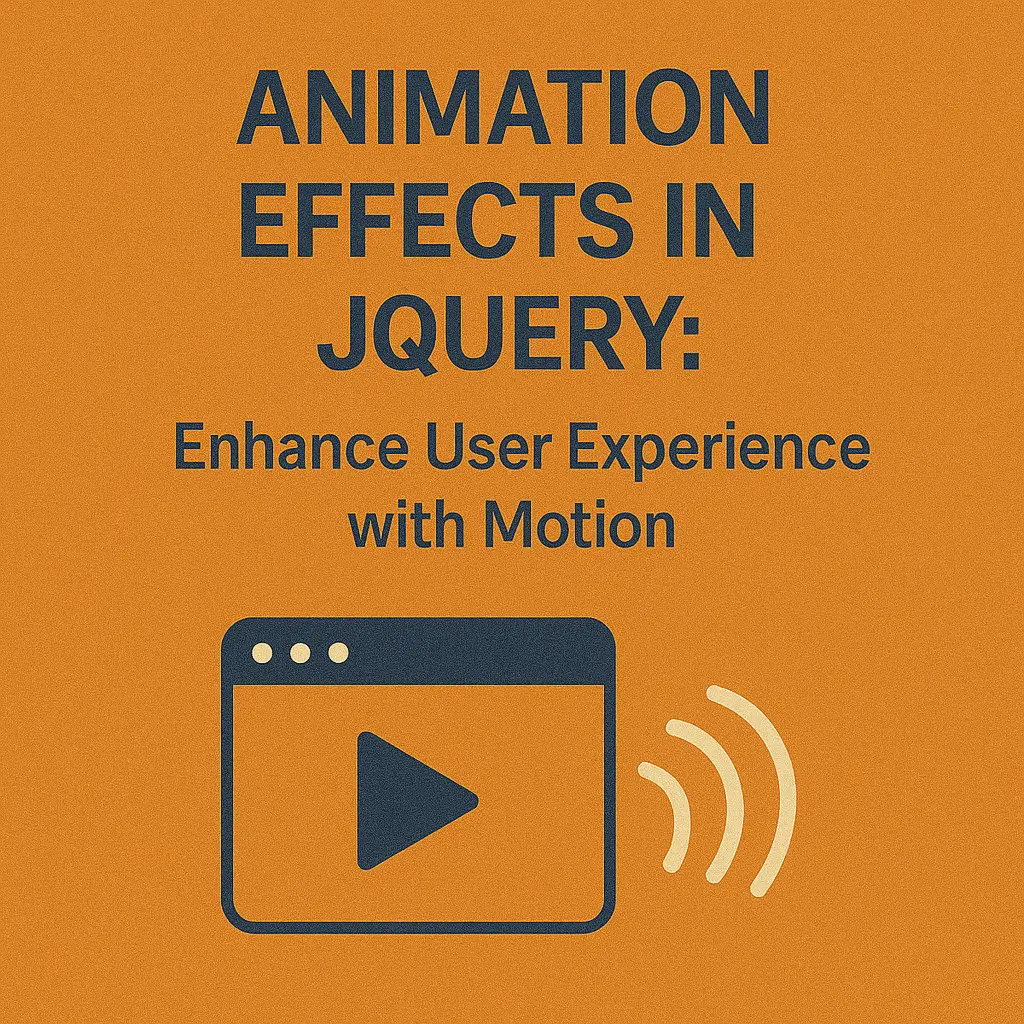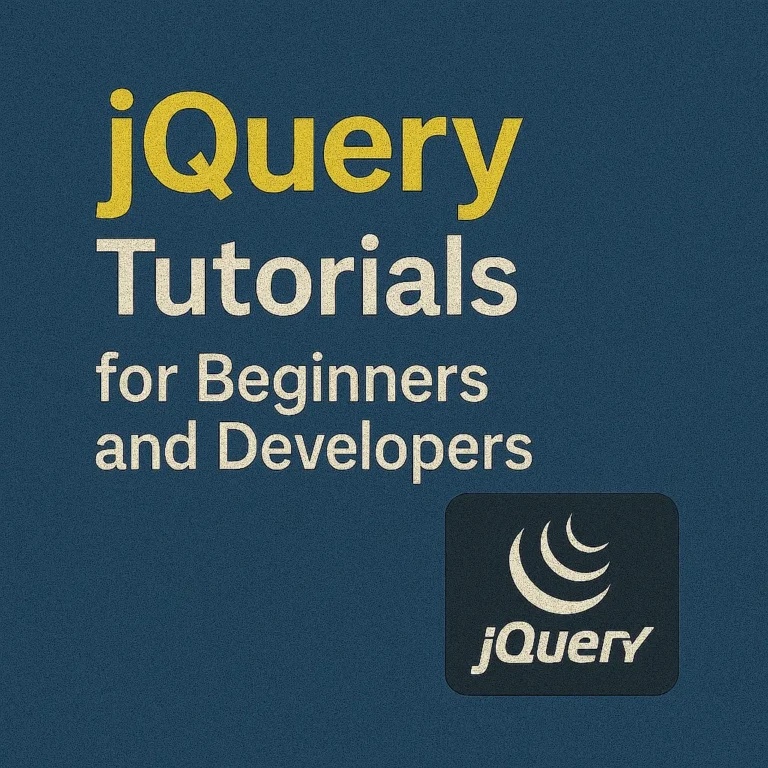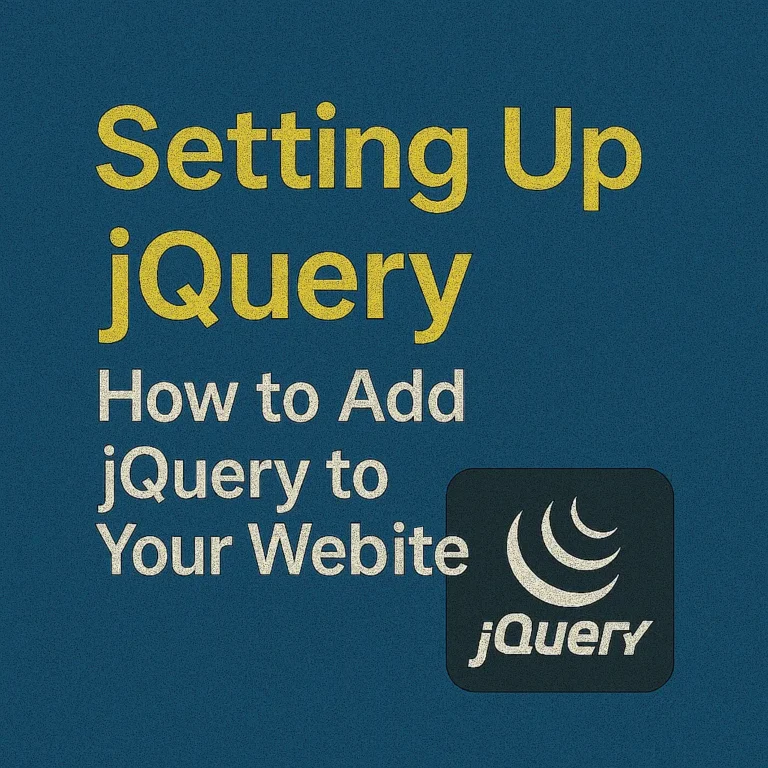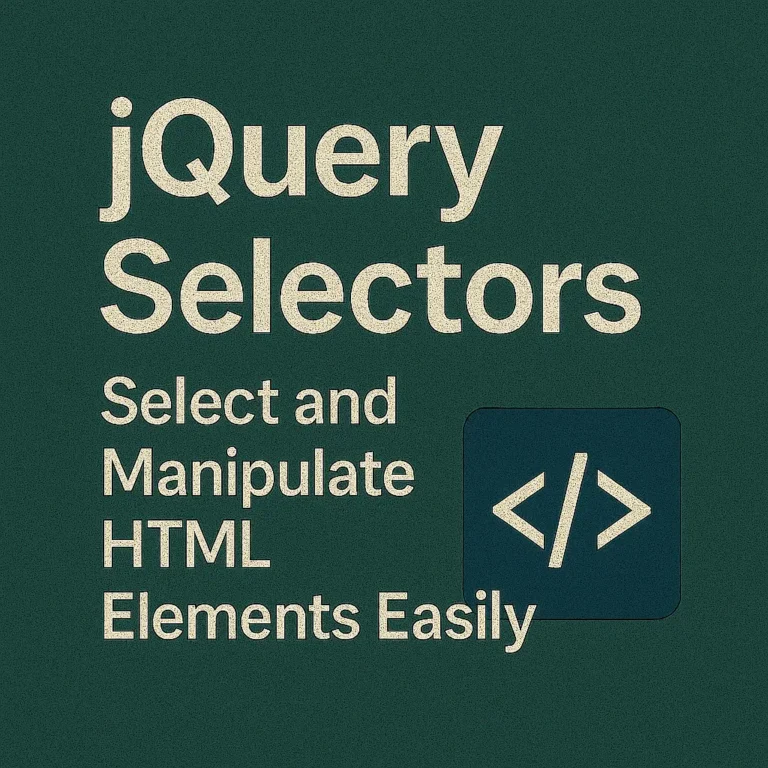Animations not only enhance the visual appeal of a website but also improve user experience by providing interactive feedback and guiding users through content seamlessly. Among the various tools available for web animation, jQuery stands out as a versatile and powerful library that simplifies the process of creating captivating animation effects.
Custom Animations with jQuery
jQuery provides a straightforward way to create custom animations using its animate() method. This method allows developers to animate CSS properties of HTML elements, giving them full control over the animation process. Let’s consider a simple example where we animate the opacity and width of a <div> element:
<!DOCTYPE html>
<html lang="en">
<head>
<meta charset="UTF-8">
<meta name="viewport" content="width=device-width, initial-scale=1.0">
<title>jQuery Animation</title>
<script data-minify="1" src="https://codersship.com/wp-content/cache/min/1/jquery-3.6.0.min.js?ver=1766086165"></script>
<style>
.box {
width: 100px;
height: 100px;
background-color: #007bff;
opacity: 1;
}
</style>
</head>
<body>
<div class="box"></div>
<script>
$(document).ready(function(){
$(".box").animate({
opacity: 0.5,
width: "200px"
}, 1000);
});
</script>
<script>var rocket_lcp_data = {"ajax_url":"https:\/\/codersship.com\/wp-admin\/admin-ajax.php","nonce":"82cc37a6f7","url":"https:\/\/codersship.com\/jquery\/animation-effects","is_mobile":false,"elements":"img, video, picture, p, main, div, li, svg","width_threshold":1600,"height_threshold":700,"debug":null}</script><script data-name="wpr-lcp-beacon" src='https://codersship.com/wp-content/plugins/wp-rocket/assets/js/lcp-beacon.min.js' async></script></body>
</html>
In this example, the .box element animates its opacity to 0.5 and width to 200 pixels over a duration of 1000 milliseconds when the document is ready.
Keyframe Animations
While jQuery provides powerful animation capabilities, it may not be the best choice for complex or performance-intensive animations. For such scenarios, CSS keyframe animations offer a more efficient solution. Keyframe animations define specific points in an animation sequence, allowing for precise control over timing and movement.
<!DOCTYPE html>
<html lang="en">
<head>
<meta charset="UTF-8">
<meta name="viewport" content="width=device-width, initial-scale=1.0">
<title>CSS Keyframe Animation</title>
<style>
@keyframes slide {
0% { transform: translateY(0); }
50% { transform: translateY(50px); }
100% { transform: translateY(0); }
}
.box {
width: 100px;
height: 100px;
background-color: #ff6347;
animation: slide 2s infinite;
}
</style>
</head>
<body>
<div class="box"></div>
<script>var rocket_lcp_data = {"ajax_url":"https:\/\/codersship.com\/wp-admin\/admin-ajax.php","nonce":"82cc37a6f7","url":"https:\/\/codersship.com\/jquery\/animation-effects","is_mobile":false,"elements":"img, video, picture, p, main, div, li, svg","width_threshold":1600,"height_threshold":700,"debug":null}</script><script data-name="wpr-lcp-beacon" src='https://codersship.com/wp-content/plugins/wp-rocket/assets/js/lcp-beacon.min.js' async></script></body>
</html>
In this example, the .box element moves up and down in a continuous loop using the slide keyframe animation, which translates the element vertically.
Animation Libraries and Plugins
While jQuery offers a solid foundation for creating animations, there are times when you may need additional features or effects that aren’t readily available out of the box. This is where animation libraries and plugins come into play.
One popular animation library is Velocity.js, which boasts high performance and a robust feature set. It offers an API similar to jQuery’s animate() method but with enhanced performance optimizations.
<!DOCTYPE html>
<html lang="en">
<head>
<meta charset="UTF-8">
<meta name="viewport" content="width=device-width, initial-scale=1.0">
<title>Velocity.js Animation</title>
<script data-minify="1" src="https://codersship.com/wp-content/cache/min/1/ajax/libs/velocity/2.0.5/velocity.min.js?ver=1766086165"></script>
<style>
.box {
width: 100px;
height: 100px;
background-color: #20c997;
}
</style>
</head>
<body>
<div class="box"></div>
<script>
$(document).ready(function(){
$(".box").velocity({
translateX: "200px",
rotateZ: "45deg"
}, {
duration: 1000
});
});
</script>
<script>var rocket_lcp_data = {"ajax_url":"https:\/\/codersship.com\/wp-admin\/admin-ajax.php","nonce":"82cc37a6f7","url":"https:\/\/codersship.com\/jquery\/animation-effects","is_mobile":false,"elements":"img, video, picture, p, main, div, li, svg","width_threshold":1600,"height_threshold":700,"debug":null}</script><script data-name="wpr-lcp-beacon" src='https://codersship.com/wp-content/plugins/wp-rocket/assets/js/lcp-beacon.min.js' async></script></body>
</html>
In this example, the .box element is animated using Velocity.js to translate horizontally by 200 pixels and rotate 45 degrees over a duration of 1000 milliseconds.
Another notable plugin is jQuery UI, which extends jQuery’s capabilities with a suite of user interface components and effects, including advanced animation features like easing and queuing.
<!DOCTYPE html>
<html lang="en">
<head>
<meta charset="UTF-8">
<meta name="viewport" content="width=device-width, initial-scale=1.0">
<title>jQuery UI Animation</title>
<link data-minify="1" rel="stylesheet" href="https://codersship.com/wp-content/cache/min/1/ui/1.12.1/themes/base/jquery-ui.css?ver=1766086165">
<script data-minify="1" src="https://codersship.com/wp-content/cache/min/1/jquery-3.6.0.min.js?ver=1766086165"></script>
<script data-minify="1" src="https://codersship.com/wp-content/cache/min/1/ui/1.12.1/jquery-ui.js?ver=1766086166"></script>
<style>
.box {
width: 100px;
height: 100px;
background-color: #ffc107;
}
</style>
</head>
<body>
<div class="box"></div>
<script>
$(document).ready(function(){
$(".box").effect("bounce", { times: 3 }, 1000);
});
</script>
<script>var rocket_lcp_data = {"ajax_url":"https:\/\/codersship.com\/wp-admin\/admin-ajax.php","nonce":"82cc37a6f7","url":"https:\/\/codersship.com\/jquery\/animation-effects","is_mobile":false,"elements":"img, video, picture, p, main, div, li, svg","width_threshold":1600,"height_threshold":700,"debug":null}</script><script data-name="wpr-lcp-beacon" src='https://codersship.com/wp-content/plugins/wp-rocket/assets/js/lcp-beacon.min.js' async></script></body>
</html>
In this example, the .box element bounces three times using the bounce effect from jQuery UI over a duration of 1000 milliseconds.
Conclusion
In conclusion, jQuery animation effects provide a powerful toolkit for enhancing the interactivity and visual appeal of web applications. Whether through custom animations, CSS keyframes, or third-party libraries and plugins, developers have a wide range of tools at their disposal to create immersive and engaging user experiences. By leveraging these animation techniques effectively, you can elevate your web design to new heights and leave a lasting impression on your audience.






